1. Understand Execution Challenges: Common challenges include data and technology issues, poor program management, and lack of innovation and communication, which can undermine the effectiveness of recognition programs.
2. Implement Best Practices: Assign dedicated resources to manage the program, use an integrated employee recognition portal with HRMS, and gather continuous employee feedback to refine the program.
3. Maintain Regular Communication: To sustain interest and participation in the program, keep employees informed and engaged through regular communication, updates, and events.
4. Ensure Stakeholder Involvement: Get support from line managers and senior management, as their involvement is crucial for motivating employees and demonstrating the program’s importance to the organization.
Most organizations understand the significance of rewarding and recognizing their employees’ efforts and achievements. Hence, they launch employee recognition programs with much pomp and show. These initiatives generally receive support initially and run exceptionally well for several months.
However, once the buzz and excitement around these programs gradually die down, often the execution starts becoming increasingly erratic.
This often leaves the organizations wondering what went wrong and creates internal pressure.
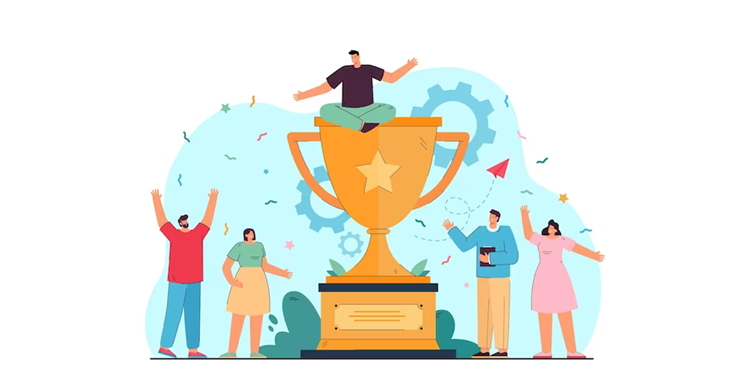
The long-term success of any business initiative, including an employee rewards program, depends on its proper execution.
In the case of a rewards program, HR is often responsible for its execution within the organization.
Hence, HR should continuously monitor program metrics and make necessary changes to keep employees interested and involved.
One of the biggest reasons behind the failure of employee recognition and reward programs is their poor execution.
Having a proper execution plan for the rewards program is critical to its success
Hence, organizations must first understand the challenges in executing the rewards programs.
The most common ones are as follows:
1. Data Issues
2. Technology Issues
3. Poor Program Management
4. Lack of Innovation and Communication
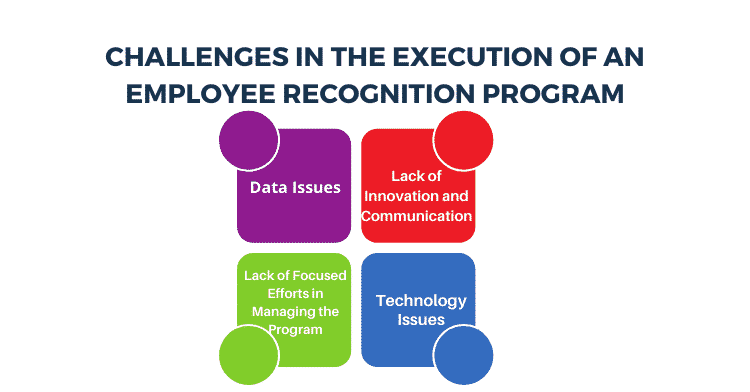

Poor data quality or lack of proper data required to run an employee reward program might jeopardize the entire program.
This could stem from not having a proper HRMS or inadequate integration with the HRMS.
Also, manual data handling and errors might result in employees losing trust in the program.
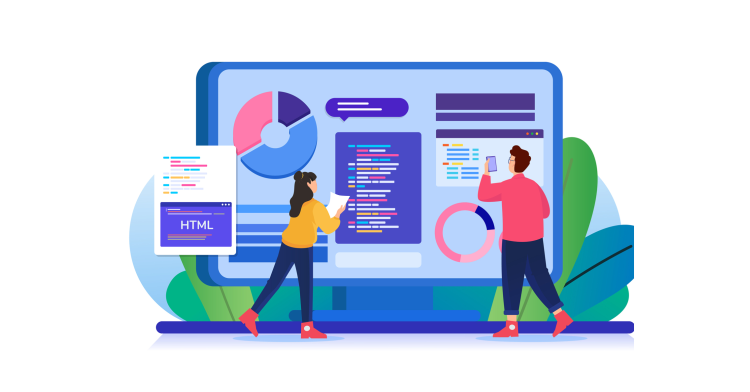
Not having a proper technology platform for rewards and recognition can lead to lower participation of employees in the program.
The issues could range from poor features and functionalities to poor user experience.
Whatever the issues, they lead to lower participation and, eventually, a low business impact of the program.

HR teams are usually busy handling other critical processes such as appraisals, compensation, review, and talent management.
Hence, they have little time to oversee and manage the employee recognition programs.
Consequently, these programs are poorly executed due to the minimal priority and delays in decision-making.

HR needs to continuously analyze the program metrics, make regular changes to increase the impact, and communicate with employees regularly.
It is essential to keep the program fresh and updated.
Hence, regular communication can create a sense of excitement and involvement among the employees.
Organizations need to overcome these challenges in the execution of the rewards and recognition program to make it a success.
The following are the key steps that they need to take:
1. Dedicated Resource(s) for Managing the Program
2. Effective Employee Recognition Portal with HRMS Integration
3. Continuous Feedback from Employees
4. Regular Communication with Employees
5. Support of Line Managers
6. Involvement of Senior Management
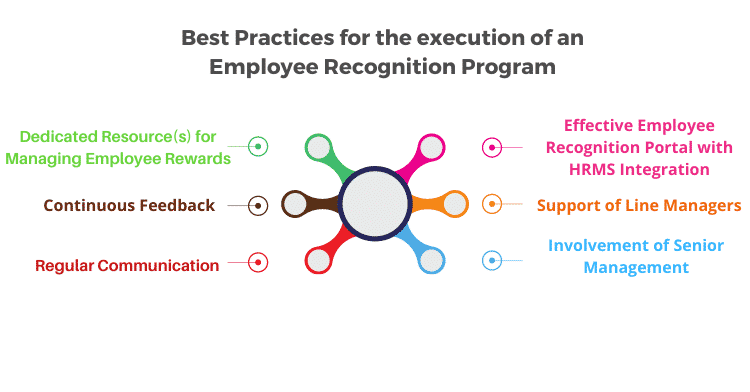

It might be good to have a small but dedicated HR team entrusted with the successful execution of the program.
This team should be tasked with monitoring the program and assisting employees as required,
They should also analyze the program impact, collect feedback, suggest changes in the policies/ processes, and implement them after getting the necessary approvals.
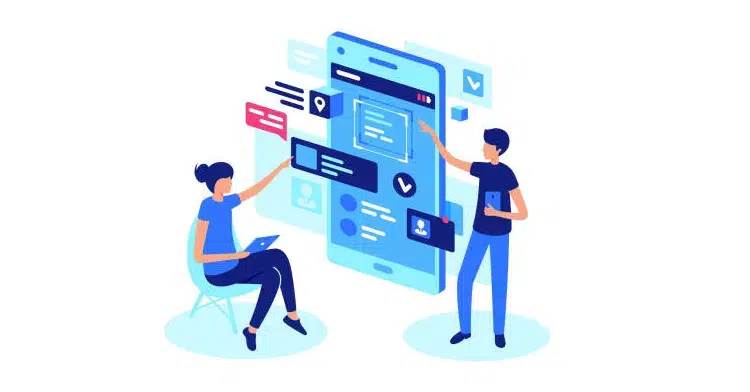
Also, organizations should have an employee recognition portal that can digitize and automate the entire process of nomination, approval, and communication.
The portal should be easily accessible to all employees so that they can nominate their team members.
Hence, technical integration with the HRMS ensures that the portal’s employee and supervisor data is always up-to-date.
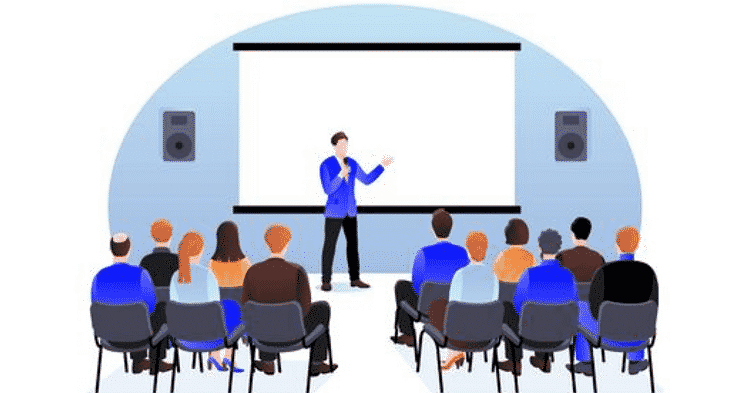
Also, it is important to get regular feedback from employees about the effectiveness of the program through surveys and focus groups.
Inputs should be taken from individual contributors and line managers, including parameters such as overall user experience.

Regular communication about the program and the updates is critical to its success.
Hence, it is important to create a continuous buzz around the program to maintain the interest and involvement of the employees.
This may involve organizing regular offline or online events such as contests and roadshows to promote the program.

It is essential to involve the team managers and supervisors in running the employee rewards program.
The success of the program is greatly dependent on support and interest of supervisors in the program.
They would expect a clear business impact from the program through higher motivation and productivity of their team members.
Hence, their feedback, views, and suggestions are critical to the program’s execution.

Also, the involvement and interest of senior management are crucial to the success of the employee rewards program.
It motivates supervisors and employees to participate in the program due to its importance to senior management.
It is not just enough to design great employee rewards programs.
Knowing and overcoming the various challenges that hinder the efficient execution of such a program is the key to ensuring their long-term success and delivering the expected return on investment for the organization.

Lead author: Sagar Chaudhuri, the Co-Founder and CEO of HiFives. He is an HR Tech Evangelist with over 25 years of corporate and entrepreneurship experience. In the past, Sagar has worked in leadership roles with companies such as Genpact, Infosys, and ICICI Bank. He has an engineering degree from IIT Kharagpur and an MBA from IIM Lucknow. Connect on LinkedIn
To stay updated on the latest HiFives blogs, follow us on Twitter (@MyHiFives)